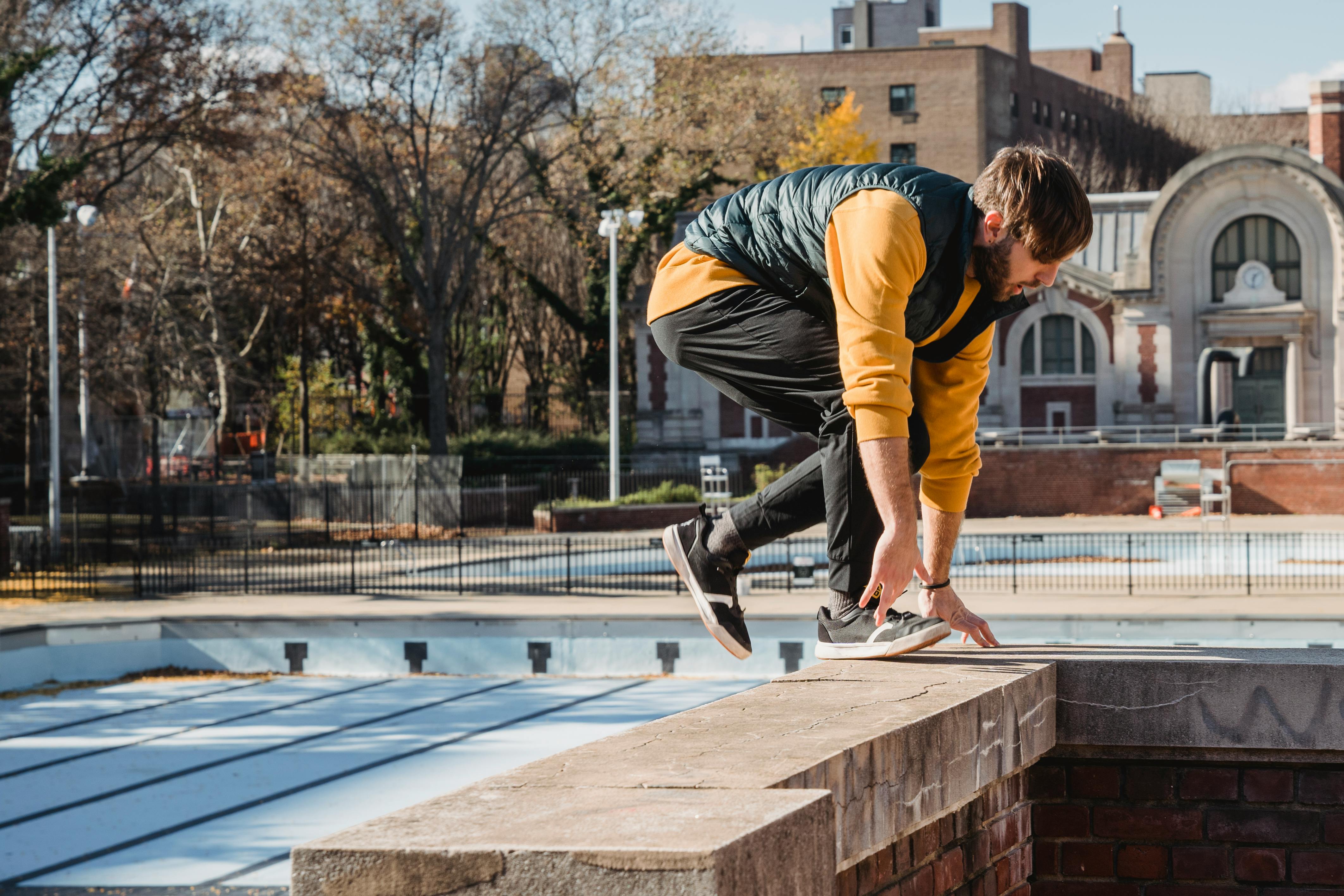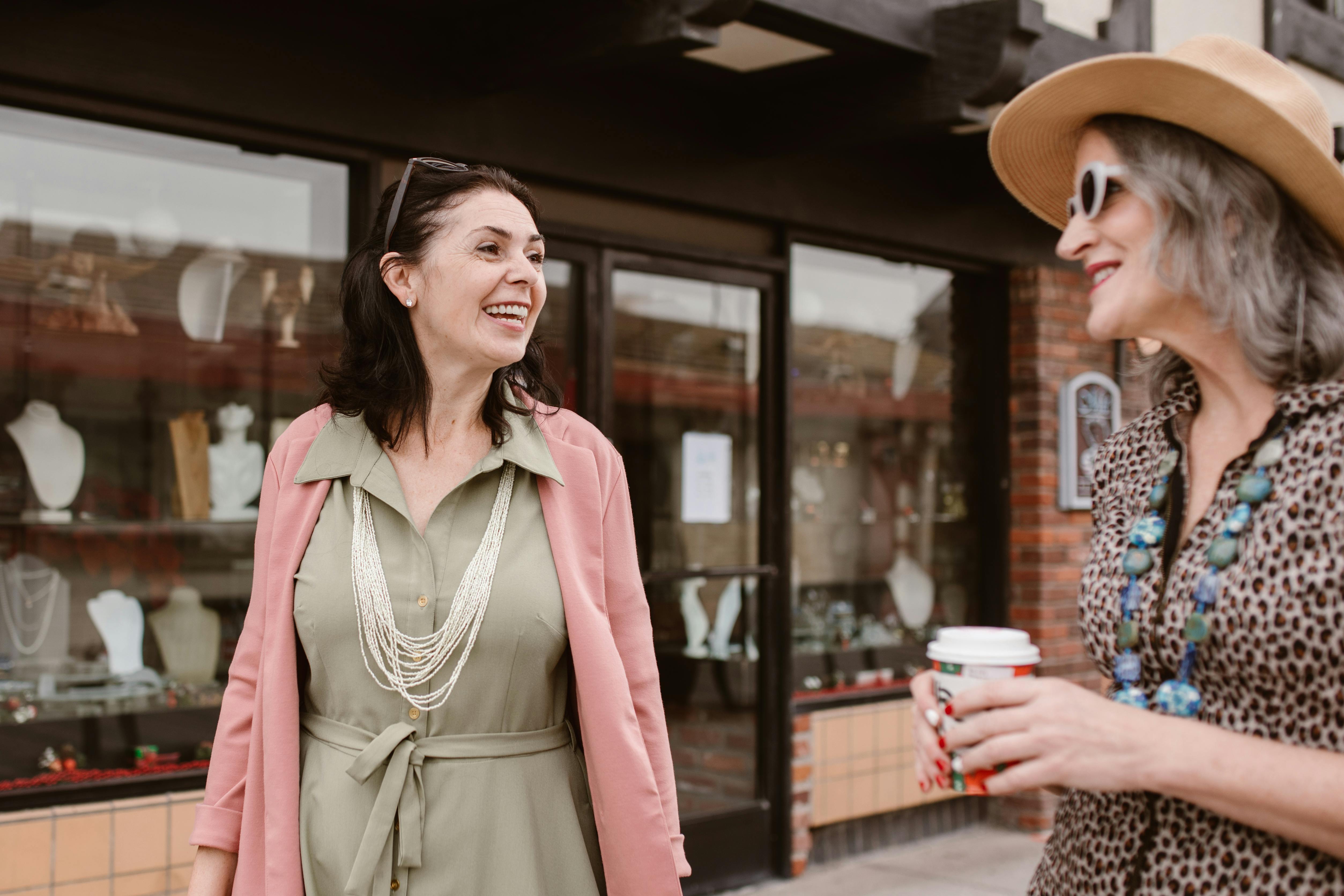
How does dance promote a healthy lifestyle?
admin
- 0
Dancing is another type of alternative exercise to keep the body healthy. Like any other type of activity or exercise, dancing also exerts energy through numerous movements. The meanings of the different movements required are the various muscles continually contracting and relaxing. Through research into dance history, dance styles, and how each type of dance affects the movement and flexibility of the body, it will help a person understand more about the human body. The human body consists of many different muscle groups that are useful for movement when a person dances. The types of dance affect the muscles of the body due to flexibility and strength that would increase or decrease a dancer’s movement. If a dancer’s flexibility is weak, it will be more difficult to achieve superior technique in dance. For example, through jazz, ballet, and hip-hop, these dance forms require some extension of the arms and legs that engages the muscles of the body to make them strong and flexible.
When dancing these specific dance forms, it’s crucial to be in control and know what your body is doing. In order to correct incorrect movement, a dancer must focus more on how the body will function. By correcting poor technique habits, there are many ways to help improve a dancer’s balance, core strength, and flexibility. Simply standing up straight will help focus on where your body is moving and whether your butt or chest sticks out will depend on how you fit. For example, doing a certain exercise for alignment and balance would start by standing with your feet parallel to each other on the floor, then slowly bend your knees while being aware of where your body is moving. With your knees still bent, lift your heels up to where only the balls of your feet are on the floor. Next, straighten your knees while the balls of your feet are on the floor, and then lower your heels. Throughout this process, the dancer must be aware of where the body is moving, the way the body is carried, and make sure that the correct technique from head to toe is there. Constantly focusing on each part of the body from head to toe would help body awareness. This simple exercise makes the dancer improve the way they carry their body in various forms of dance. Once you get into the habit of dancing in proper alignment or posture, it will help the dancer’s awareness when stretching.
The key to stretching is to be aware of how a dancer extends their arms and legs. For example, when extending the leg, a dancer needs to use the hamstring muscles to help fully extend from the back of the knee. In order to point the feet, the muscles used come from the metatarsals (the arch of the feet). These are simple movements or stretches that a dancer should be aware of because with poor technique, it can show how the person’s body is not fully flexible or extended. It is important to make sure that the focus is on the particular stretch that he or she is trying to achieve or improve. For example, working on having a perfect leg extension in the air takes on many types of stretches that would increase flexibility and also strengthen the specific muscle being used. In any type or form of dance, it helps to have flexibility as a dancer because that’s what gives you the most range of motion and variety of motion. However, while the dancer stretches further to work on flexibility, the muscles of the body must also be used while stretching.
Making the muscles work while focusing on stretching to increase flexibility gives the dancer the ability to have more control holding the leg extensions or being able to jump into the air with perfect technique. For example, being tense and stiff would affect the way muscles relax and contract. The muscles must be engaged when dancing and also when trying to improve the maintenance of one type of skill for a while. There are certain muscles that would be used while moving each part of the body. In order to do basic skills that are already natural to us, which are walking, running and jumping, the muscles are then being used. This is relevant to dancing because the muscles contract when the leg, arm, torso, hip, and foot move. For example, bringing your leg behind your body at a 90 degree angle, parallel to the floor, would need to engage your back muscles, leg muscles, and foot muscles to aim. In order to bring the leg past 90 degrees, this is where the dancer needs to improve both flexibility and strength. However, muscles must be engaged while stretching or extending in order to be flexible. While stretching, if the muscles are not contracted or used in a way that the body can remember the given stretch, that given person will not be able to be strong in their dance.
Through learning the stretches and techniques of one type of dance style, you will be able to apply your knowledge through any type of dance curriculum. Since dance is also a form of exercise, it involves rigorous movement and training. A person does not necessarily have to learn the dance styles, but can dance just for fun or for exercise. For example, Zumba offers all ages, from teens to adults, what they want and expect to stay in shape. Zumba provides health benefits for a person because it helps improve flexibility, strength, stamina, and a sense of well-being. In general, these health benefits can be implemented in other styles of dance because the dance is based on the movement of the body.
